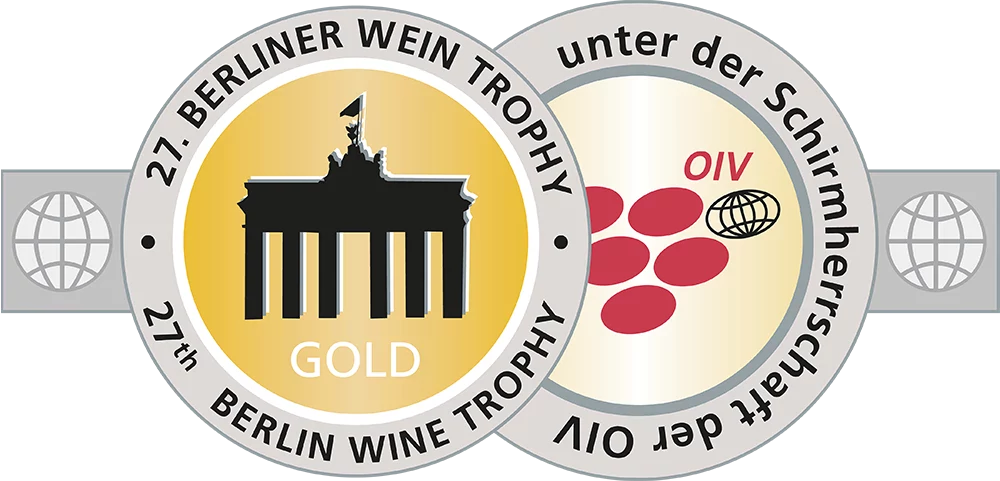currently 167,549 Wines and 25,100 Producers, including 3,302 classified producers.
Create a Bookmark
Heidsieck & Co. Monopole - Vranken External Wine Awards

GOLD


GOLD


GOLD

